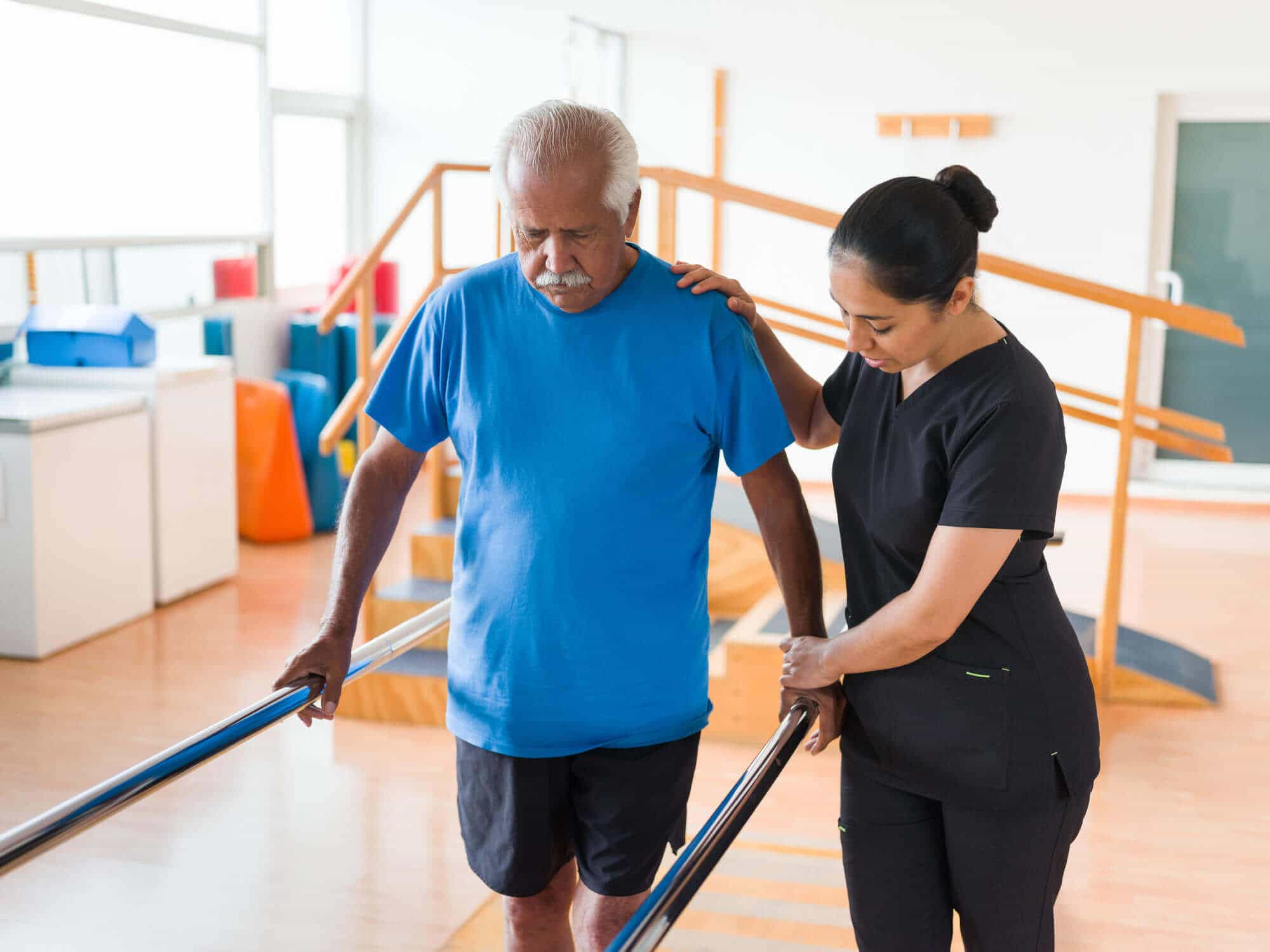
One of the primary benefits of strength training in rehabilitation is its capability to improve muscular strength and stamina. When muscles are more powerful, they can more effectively stabilize joints and minimize the risk of recurrence of injury. For example, an individual recovering from a leg injury can benefit from workouts that fortify the thigh muscles and hamstrings. These muscles play a crucial role in stabilizing the knee articulation. By incorporating resistance conditioning into their rehabilitation program, individuals can regain their power more efficiently and safely.
In furthermore to developing strength, resistance training also enhances flexibility and range of movement. Many injuries can lead to rigidity in the injured area, causing it challenging for athletes to navigate freely. Strength conditioning exercises often include stretching and elongating the muscles, which can help reestablish flexibility. For instance, adding resistance straps or dumbbells into stretching programs can enhance the efficacy of these workouts. As mobility therapeutic modalities in physical therapy improves, individuals can perform movements more effectively, which is crucial for optimal performance in their activity.
Another crucial aspect of strength conditioning in athletic recovery is its positive impact on mental well-being. Healing from an injury can be a challenging and frustrating experience for athletes. Participating in resistance conditioning can provide a feeling of accomplishment and boost self-esteem. As individuals see improvements in their strength and abilities, they may experience more driven to continue their rehabilitation journey. This mental boost can be just as important as the bodily advantages, as a positive mindset can result to improved outcomes in recovery.
Finally, resistance conditioning can help athletes move back to their activity more smoothly. Once they have regained their power and mobility, individuals need to practice activity-specific movements to ensure they are prepared for contests. Strength training can be combined with activity-specific exercises to create a comprehensive rehabilitation plan. This combination allows athletes to not only recover but also improve their capabilities. By concentrating on both rehabilitation and performance, strength conditioning becomes an essential tool in the recovery process, helping individuals return to their sport more robust and more resilient.